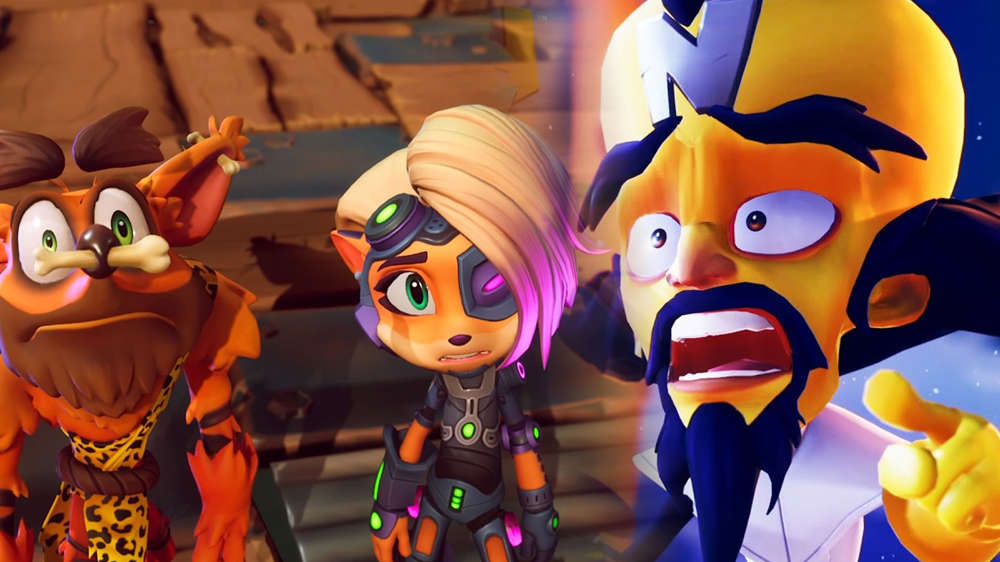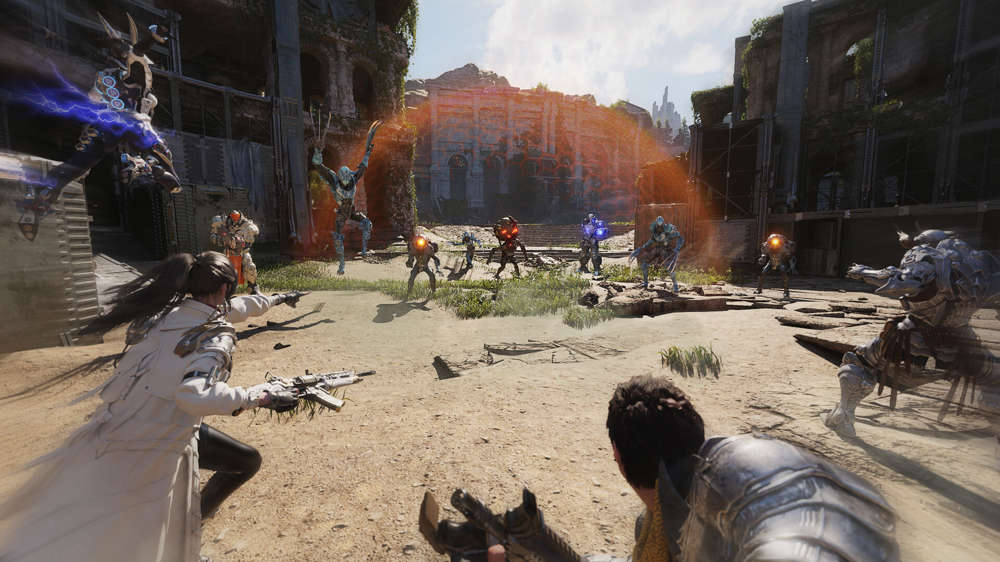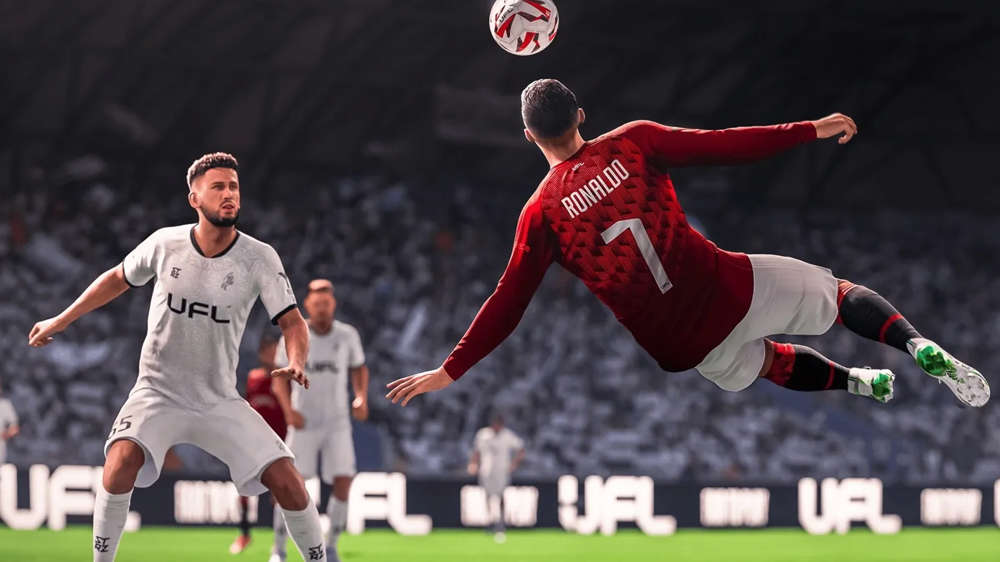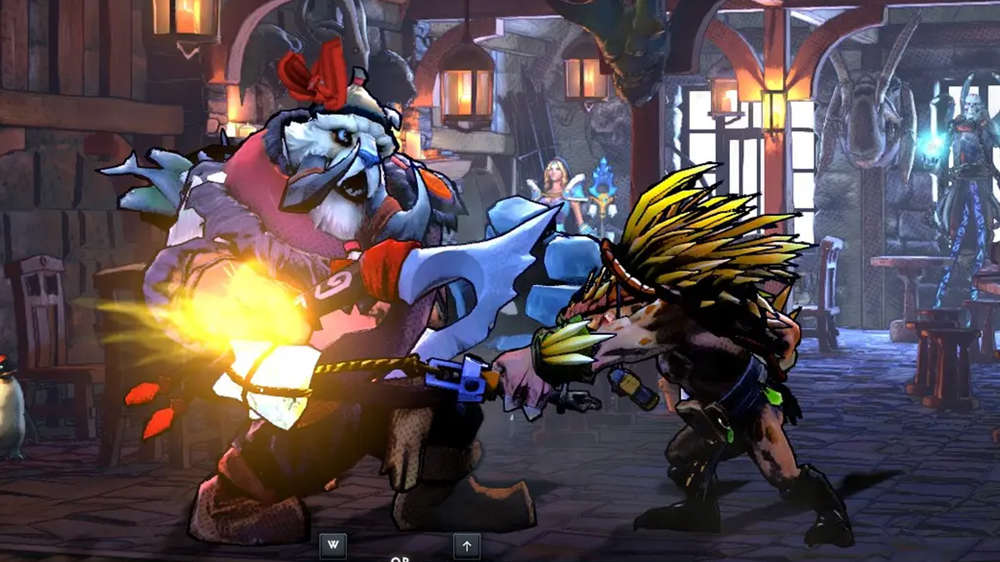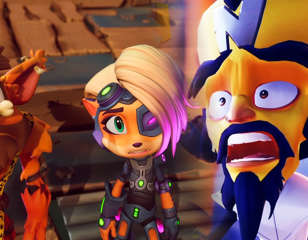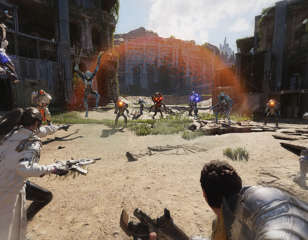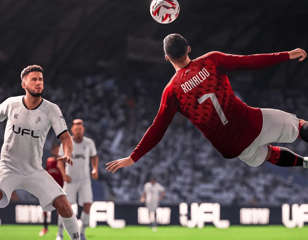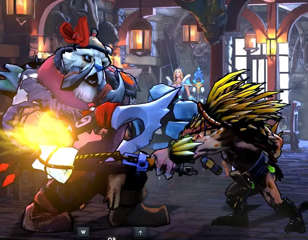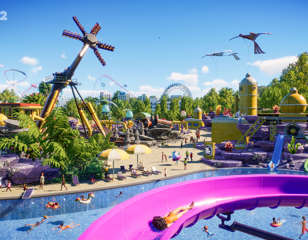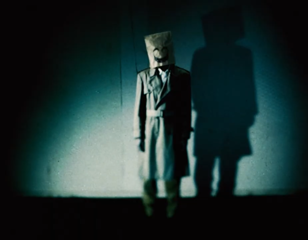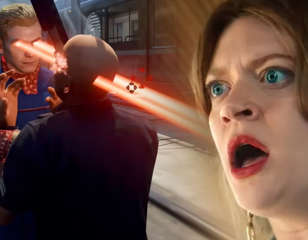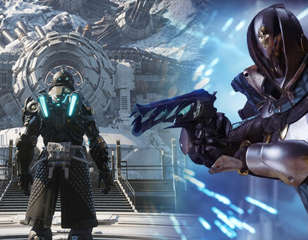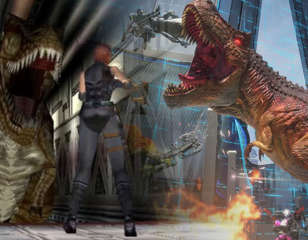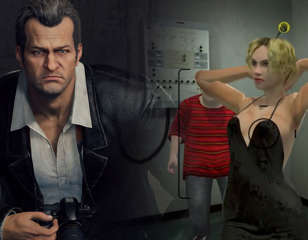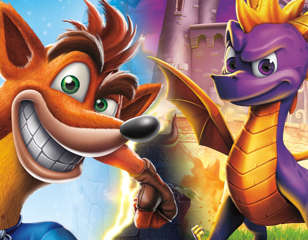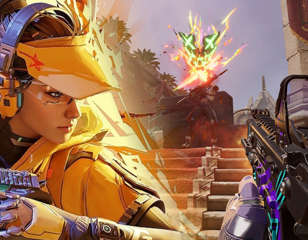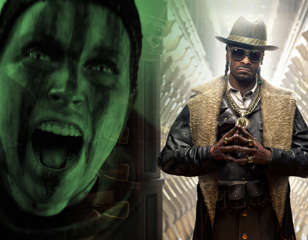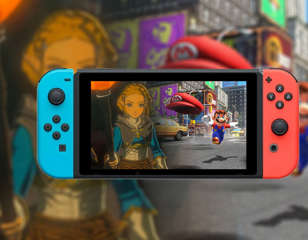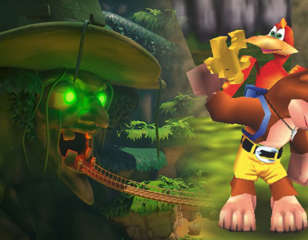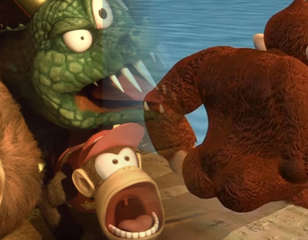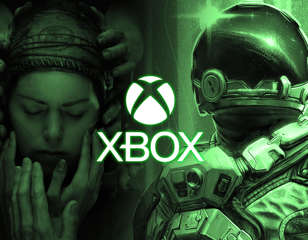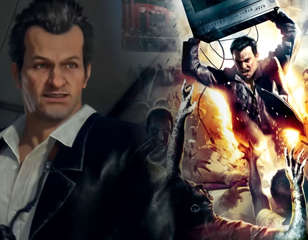Why Acting For Video Games Really Is An Art
A number of big name games have opted to use performers to help create their characters. But, it’s much more complicated than you'd think.

Emma Hill
18th Feb 2022 17:34
Images via YouTube | PlayStation | Cyberpunk 2077
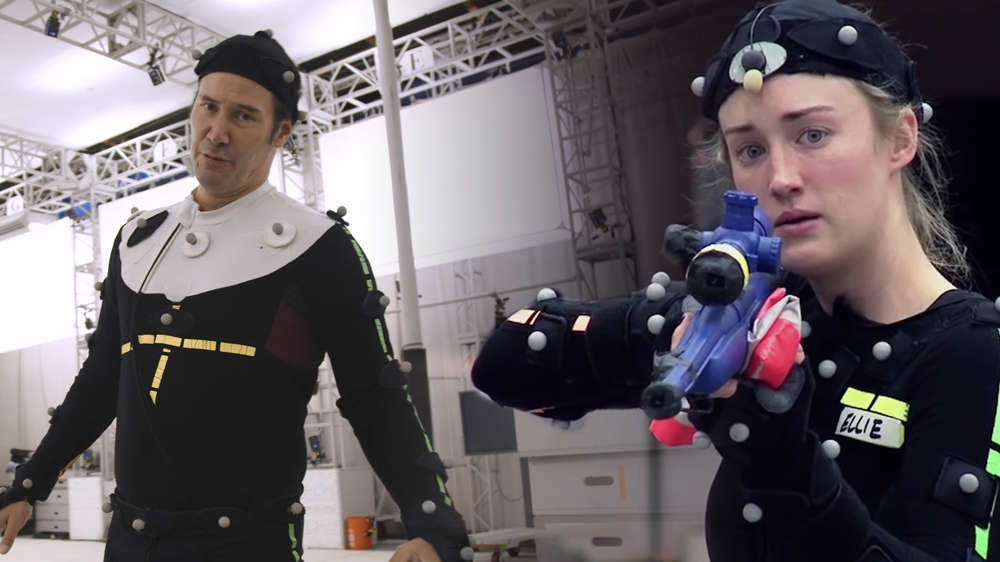
Red Dead Redemption, The Last Of Us, and God Of War. These are just some of the biggest game franchises to use a combination of motion, facial, and voice capture to help bring their iconic characters to life. However, it's much more than just standing around in a funny bodysuit with funny little dots all over your face. It's an incredibly interesting and complicated process which can pose some real challenges for performers as well as the creatives behind the scenes. So, how exactly do they do it?
During the lockdown, I had the opportunity to take part in a five-week-long course which gave me a fascinating introduction to acting for video games. The course was led by the wonderful Holly Reddaway, who has worked as a Voice Over Director and Performance Director for Motion Capture in various projects. It was all thanks to her that I got a real taste of what it takes to perform in the production of a video game.
What many people may not know, is that it can take up to three different performers all to portray one character with each actor having to produce a certain part of their formation. For example, while Léa Seydoux provided the voice and facial capture for Fragile in Death Stranding, the motion capture was performed by Sarah Macdonald for Kojima Productions’ Tokyo unit. However, performers have to be skilled in all forms in order to breathe life into their characters.
Voice Acting: It Can Be An "Embarrassing" Experience
Where would we be without the guiding voice of Halo's Cortana or Kratos' disapproving grunts? Of course, not everyone might be best pleased with Cortana's appearance in the new Halo TV series or the idea of The Rock playing the disgruntled God Of War, but the vocal performances of their original performers have won the hearts of millions of players.
Voice capture normally involves actors going into a sound booth and recording lines for their character. The process can seem a little embarrassing, as "Corpse Husband" discovered when recording for his Tribe Nine character, especially when it comes to doing combat voices. Performers can spend hours at a time doing an endless amount of screaming "hu-he-ha" when adding 'kicking' noises for their character. However, performers have to be aware of how much power is going into a certain move and how the character would react. For example, if the character's been thrown a soft blow in combat, it would sound a bit strange if the character responded by screaming in agonising pain.
Actors who are performing numerous roles (i.e. for DLCs) will be required to fully flex their vocal skills as, in order to distinguish different characters from one another, they have to use a variety of different accents and vocal tones.
Facial Capture: More Than Just Having Little Dots On Your Face
Who wasn't won over by Arthur Morgan's teary-eyed confession to Sister Calderón in Red Dead Redemption 2? Of course, this was all thanks to the hard work of the game's developers, additional motion capture artists, and the man himself Roger Clark. While games in the past have successfully breathed life into their characters using motion capture and voice, there have been famous instances when a video game character's facial expressions can look a bit stiff and robotic.
So, game studios have started opting for facial capture in which an art team constructs a performer's face and recreates it digitally. The most popular form of facial capture involves an actor's face being covered with marker points, which pick up every little expression or muscle movement in the face. One of the most famous instances of this method was 2018’s Detroit: Become Human.
Another important part of this process is 'The Circle', in which performers stand in a dome-like structure which is paved with cameras, each one designed to capture each bit of an actor's facial movement. While their body has to remain completely still, they have to perform every facial expression they can think of, so the cameras can accurately transfer this movement into an art developer's computer before motion-capture can begin.
Motion Capture: Donning The Mo-Cap Suit
The words 'motion capture' might make you immediately think of people running around in an empty big room wearing skin-tight ball-covered bodysuits. That has certainly been the case for the majority of video games that have used this method since Virtua Fighter 2 first used the process in 1994. Then again, it's not something that's entirely restricted to games as we’ve also seen the use of motion capture in films, such as Avatar, Beowulf, and for Benedict Cumberbatch's Smaug in The Hobbit film franchise.
Motion capture is really the stepping stone into helping animators make a character's physical movements more realistic in a game. Working in a specially built studio, performers are required to don mo-cap suits. These strange outfits may look a bit bizarre, but they are made of flexible fabric, to allow the actor to move freely, and are covered in balls placed on the joints of a performer's body. This then transfers a skeletal mannequin-like structure over to an animator's computer which they can then build upon to create a character. One of my personal favourites giving a glimpse into the world of mocap is The Last Of Us.
When creating the physical movement of a character, performers have to ask themselves a number of questions to decipher how they would move such as how old is the character, or have they been injured? This is all an effort to create a more realistic experience for the player. For example, a character who talks quickly probably wouldn't walk at the pace of a snail.
With more and more games opting to use motion capture in a bid to provide players with a more realistic experience, it's clearly an art form that is on the rise and deservedly so. Motion capture has proven itself to be a perfect blend of both technological advances and human creativity. In many ways, it is an evolution of the days when Disney animators copied the movements of live-action people and animals to recreate them in cartoon form. It's now time that motion capture is recognised as an entire art form in and of itself, held up as a crucial and tangible skill that brings to life so many of the games we know and love.

About The Author
Emma Hill
Emma Hill is a former Junior Journalist at GGRecon.
